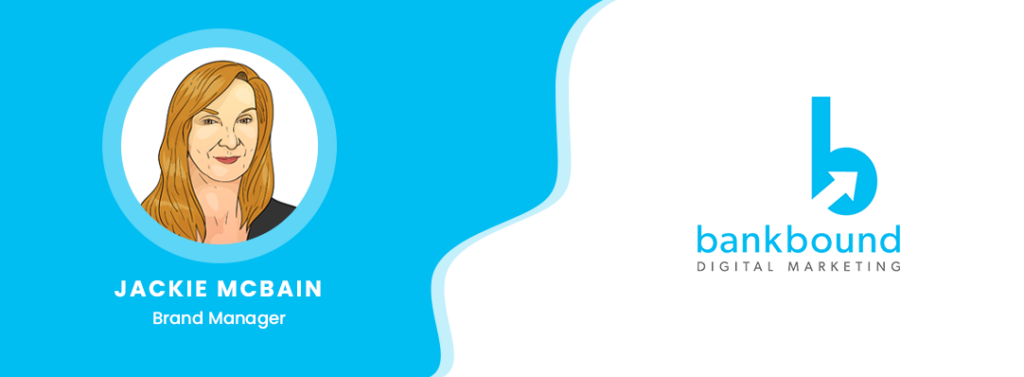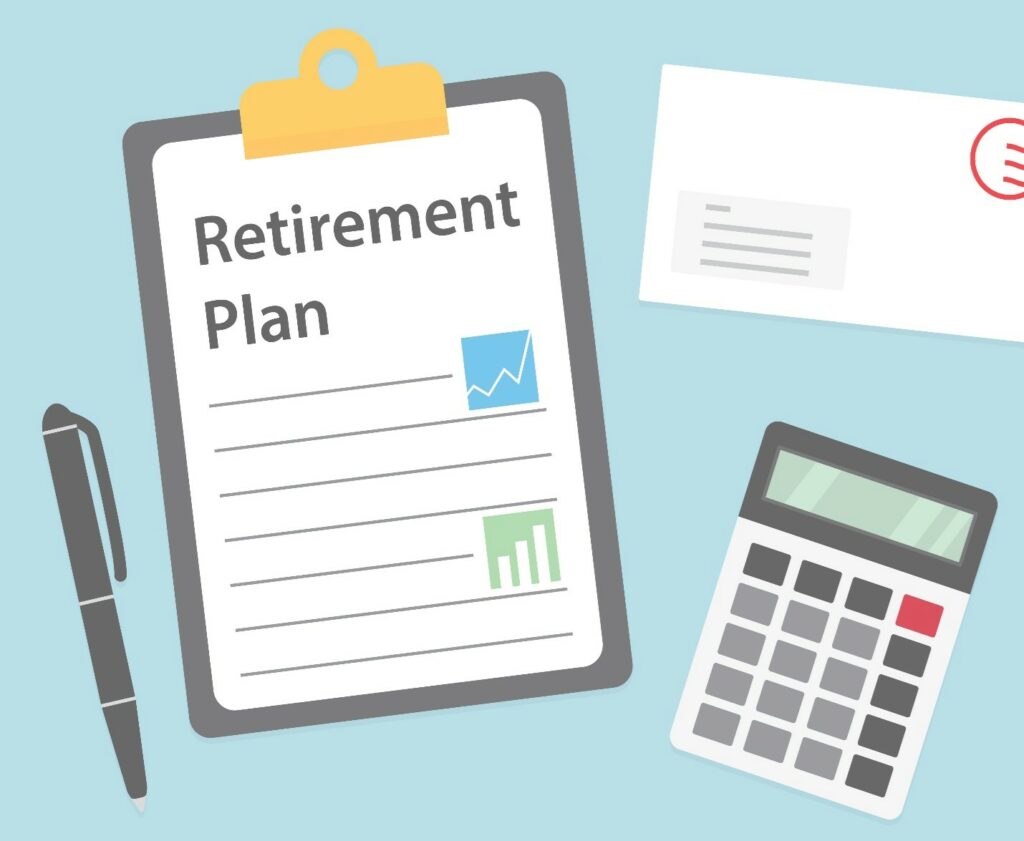Bank Marketing Strategy
With the recently passed SECURE Act 2.0, your wealth management and financial advising clients will need help understanding the law and planning for their retirements accordingly. This is a great opportunity for you as a financial advisor or financial institution to create a marketing strategy that targets prospective clients. As people search for information on the impact of Secure 2.0 on their retirement, you can highlight your expertise in wealth management and retirement planning, as well as the services you offer to meet the needs of everyday investors saving for retirement.
In this article, we’ll discuss the major changes in the Secure 2.0 Act and how wealth managers and financial advisors can communicate these benefits and market the services they offer.
What’s in the Secure 2.0 Act?
The purpose of the Secure 2.0 Act is to build on reforms to retirement savings made by the original Secure Act in 2019. Where the original SECURE Act set the stage for increasing access to tax-advantaged retirement savings accounts, 2.0 adjusted the parameters for participating in various accounts.
Highlights of Secure 2.0 include raising the age for required minimum distributions (RMDs), boosting retirement savings in workplace plans and IRAs, increasing the catch-up contribution, and offering certain penalty-free ways to access your retirement savings. It also places more emphasis on Roth IRAs and 401()s, in which contributions are made from post-tax dollars and accountholders get tax-free withdrawals in retirement. Essentially, Secure 2.0 will help Americans save for retirement, eliminate the choice between paying off student loan debt and saving for retirement, and build emergency funds.
Understanding How Secure 2.0 Impacts Retirement
Learn more about the changes to retirement savings in the Secure Act 2.0:
Required Minimum Distribution (RMD)
For individuals who will turn 72 between 2023-2032, the RMD is now 73. In 2033, it increases to 75. During the account owner’s lifetime, RMDs are not required for Roth IRAs and, in 2024, they won’t be required for Roth 401(k)s or 403(b)s either.
Qualified Charitable Distributions (QCD)
There are now more qualified charities eligible for QCDs.
Catch-up contributions
In 2025, individuals aged 60-63 can make larger catch-up contributions to their employer-based retirement plans, up to $10,000 or 50% more than the regular catch-up limit, whichever is more.
Workers making more than $145,000/year from one employer must make catch-up contributions to a Roth account only.
Emergency savings accounts and individual retirement plans
Employers can offer a Roth “emergency fund” to non-highly compensated employees with penalty-free access to funds.
Student loan payments
Employers with 401(k) plans, 403(b) plans, governmental 457(b) plans, and SIMPLE IRAs can offer matching contributions on qualified student loan payments to employees’ retirement accounts.
Emergency withdrawals
In 2024, certain distributions (up to $1,000 per year) may be used for emergency expenses without penalty if the plan permits.
Automatic enrollment
In 2025, employers with new 401(k) and 403(b) plans must automatically enroll eligible employees.
Improved coverage for part-time workers
Employers must permit long-term, part-time employees to participate in their 401(k) plans.
Rollover Limits
529 plans that have been open at least 15 years can be rolled over into a Roth IRA for the same beneficiary. There is a $35,000 lifetime maximum.
How can Financial Advisors help navigate the Secure 2.0 Act and retirement?
BankBound reached out to Steven Bowles, Founder of Catalyst Advisory, to get his perspective on how the Secure 2.0 Act’s changes may benefit wealth management clients.
- How does the law help people save more for retirement or make saving easier?
- The SECURE Act 2.0 is a piece of legislation that is aimed at helping Americans save more for retirement. 2.0 built on the original SECURE Act by allowing people to contribute to their retirement accounts for longer periods of time and by increasing the contribution limits for certain plans. Starting in 2025, individuals who are 60-63, are now allowed to make ‘catch up’ contributions, up to $10,000, to their workplace plans. Required Minimum Distributions (RMDs) are pushed back to Age 73, giving individuals more time to save before needing to draw on their retirement accounts.
For those who are not nearing retirement, they may benefit from the provision that allows employers to ‘match’ student loan payments with a contribution to the employee’s retirement account.
- What about Roth tax treatment?
- The primary change to Roth tax treatment with 2.0 is with Roth employer plans. After 2024, these will be treated like Roth IRAs and will no longer require minimum distributions during the plan participant’s lifetime. Beneficiaries will still have requirement minimum distribution rules.
Another small impact is that employers will be able to set up Simplified Employee Pension (SEP) plans using Roth accounts to accept after-tax contributions. These were previously limited to pre-tax contributions.
- How does this impact high net-worth clients?
- In my experience, high net-worth clients are frequently business owners. Any opportunity to encourage business owners to provide meaningful employment is a positive for the economy.
High net-worth clients are less likely to need Required Minimum Distributions (RMD) from their retirement accounts and may take advantage of the expanded Qualified Charitable Distribution (QCD) rules.
- What is the impact to small business owners?
- In general, the SECURE Act reduced some of the hurdles to setting up 401(k) plans and automatically enrolling workers in ‘safe harbor’ plans. With some of the changes under Secure Act 2.0, small business owners may be better positioned to compete with larger employers by offering meaningful benefits that are more efficient to implement. This may also allow small business owners to plan for their own retirement more easily.
How can Wealth Management or Financial Advisors help?
With any recently announced legislation, most individuals should not depend on navigating the language alone. The list of changes mentioned above is not comprehensive–the Secure 2.0 Act’s tax law changes are extensive with both benefits and limits to be considered. Financial advisors can help clients create a retirement plan with all aspects of the new law and goals in mind.
Advisor and financial institutions can develop a marketing strategy with a focus on your retirement planning services. Communicate with new and existing clients to let them know how your advisors can help them immensely by leveraging software tools and experience to build plans that account for legislative hurdles and tax implications.
For additional ideas, check out our blog on 6 Proven Financial Advisor Marketing Strategies for insights into how digital marketing can help you achieve your promotional goals.
Need Help Creating Your Marketing Strategy? We can help!
Leverage our digital marketing expertise for help creating and implementing a data-driven, digital marketing strategy that targets financial planning products and services. We can help with things like creating a dedicated financial planning landing page for your website, writing blog posts and other content on this topic, email and direct mail marketing, PPC advertising, and more. Contact a digital marketing nerd today to learn more!




